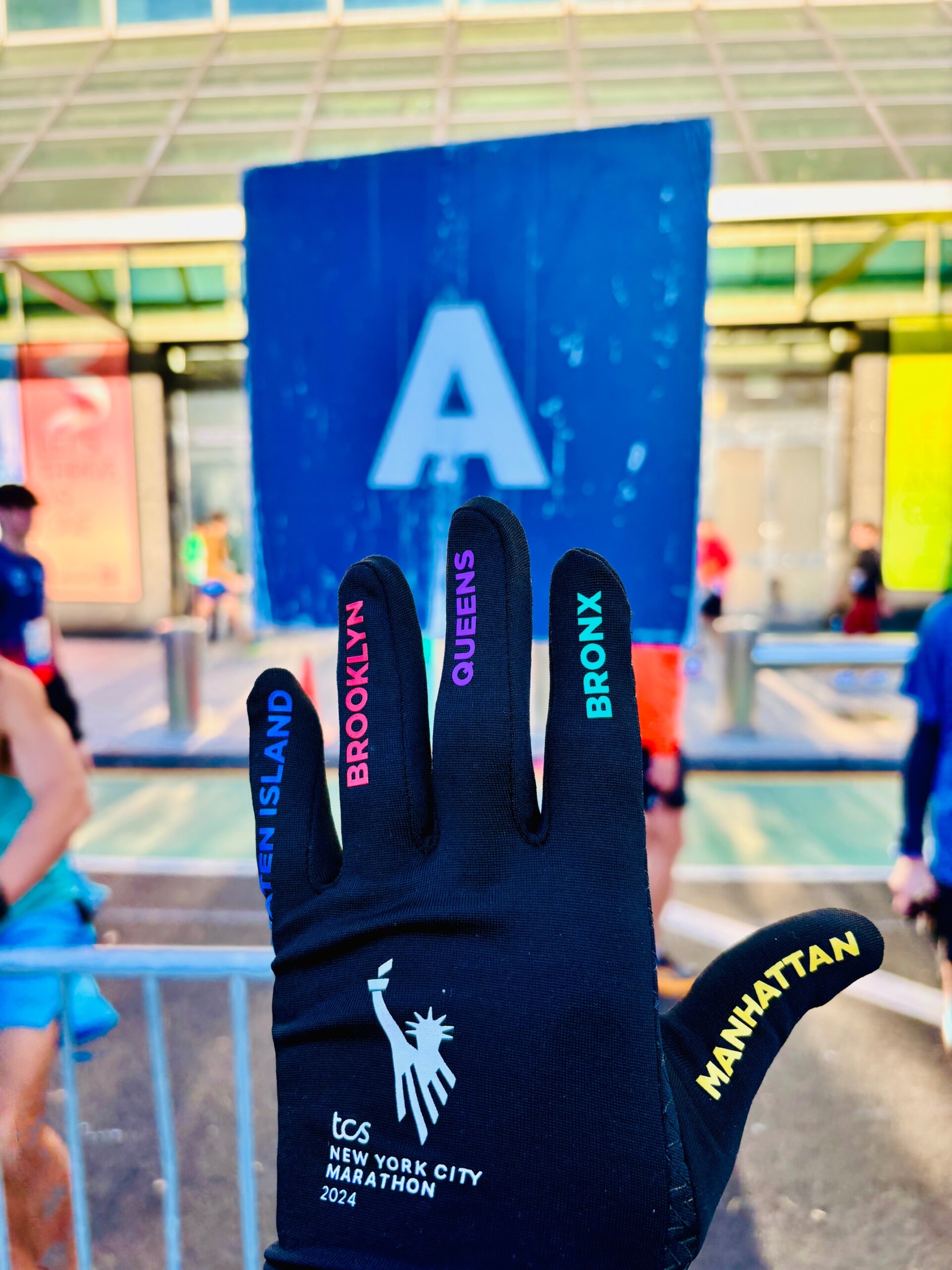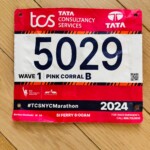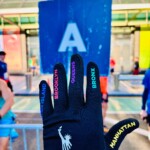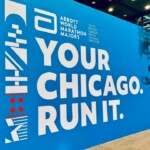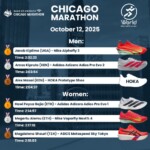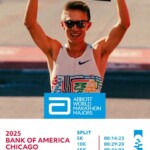How Does the Wave Start System Work at the New York City Marathon 2025?
The TCS New York City Marathon is one of the most recognizable marathons in the world. Every year, tens of thousands of runners from all over the globe line up at the start in Fort Wadsworth on Staten Island to begin their long-awaited 42.195 km (26.2 miles) race. In this year’s edition, as in previous years, the organizers will use a system of five start waves, which ensures that runners are spread out on the course efficiently and safely.
The wave start system – how does it work?
The starts for waves 1-5 will begin sequentially at 9:10 AM, 9:45 AM, 10:20 AM, 10:55 AM, and 11:30 AM. Assignment to a specific wave is based on the runner’s pace, which is calculated by the organizer based on data from recent NYRR (New York Road Runners) races. If a runner has no history of running with NYRR, they are required to declare their own pace during registration.
On your NYRR Dashboard account, which was updated on October 14, 2025, you will find your bib number, assigned wave, colored starting zone (Blue, Orange, Pink), and the exact start time.
Corral Opening and Closing Times and Wave Starts
| Wave | Corrals Open | Corrals Close | Wave Start |
|---|---|---|---|
| Wave 1 | 8:10 AM | 8:45 AM | 9:10 AM |
| Wave 2 | 9:05 AM | 9:25 AM | 9:45 AM |
| Wave 3 | 9:45 AM | 10:00 AM | 10:20 AM |
| Wave 4 | 10:25 AM | 10:40 AM | 10:55 AM |
| Wave 5 | 11:00 AM | 11:15 AM | 11:30 AM |
NYRR Pace – what is it and why is it different from your actual pace?
NYRR Pace, also known as “Best Pace,” is a special indicator used by the organizer to compare the results of runners over different distances (from 5K to the marathon). This pace is expressed as a 10K pace and does not reflect the actual marathon pace.
A runner who completes a marathon in 3 hours and 12 minutes has an actual marathon pace of about 7:19 minutes per mile. According to the NYRR system’s estimates, their NYRR Pace, which corresponds to a 10K distance, will be faster – about 6:50 minutes per mile.
This means that although the actual pace during the marathon is 7:19 min/mile, over the shorter 10K distance, the runner would be able to maintain a pace of about 6:50 min/mile, which is the basis for assigning them to the appropriate start wave.
Such differences arise from the fact that the NYRR pace is statistically adjusted to compare different distances and levels of runners based on their results.
Starting on the Verrazzano-Narrows Bridge
Each start wave is divided into three starting zones marked by colors: Blue, Orange, and Pink. Runners start from different parts of the Verrazzano-Narrows Bridge:
• Blue – right side of the upper level of the bridge
• Orange – left side of the upper level of the bridge
• Pink – left side of the lower level of the bridge – it has even less elevation gain at the beginning of the course.
Rules for corrals and moving between them
Within each color, there are six corrals labeled with letters from A to F. These are the places where runners are lined up before the start to avoid interfering with each other as they begin the race. The corrals are closed long before the start, so being late risks having to start with a later wave. However, you can move to another corral with the same or a later letter, and you can also move to a later wave, but only from an earlier to a later one (not the other way around). For example, a runner from Blue A can move to Orange B or Pink C, but not to a corral earlier than their assigned one.
Wave, color, and Bib Number Start List
Preparing for race day
Remember that due to the end of daylight saving time on November 2, 2025, we turn the clocks back one hour the night before the marathon, which means an extra hour of sleep. This is important information when planning your morning wake-up.
The organizers remind participants that regular backpacks and bags are not allowed in the start area.
More information about the New York City Marathon
If you are interested in the official finisher collection for the TCS New York City Marathon 2025, be sure to read my post about the limited New Balance finisher collection for the New York City Marathon 2025.
And if unforeseen circumstances have arisen and you are wondering how to cancel your start and defer it to 2026, check out my guide: New York City Marathon 2025 – how to cancel your start and defer it to 2026?
By understanding the mechanism of waves, zones, and the NYRR Pace system, your start in the 2025 New York City Marathon will be much easier and more predictable. Good luck on the course!

